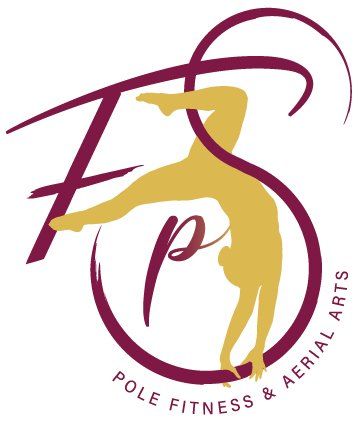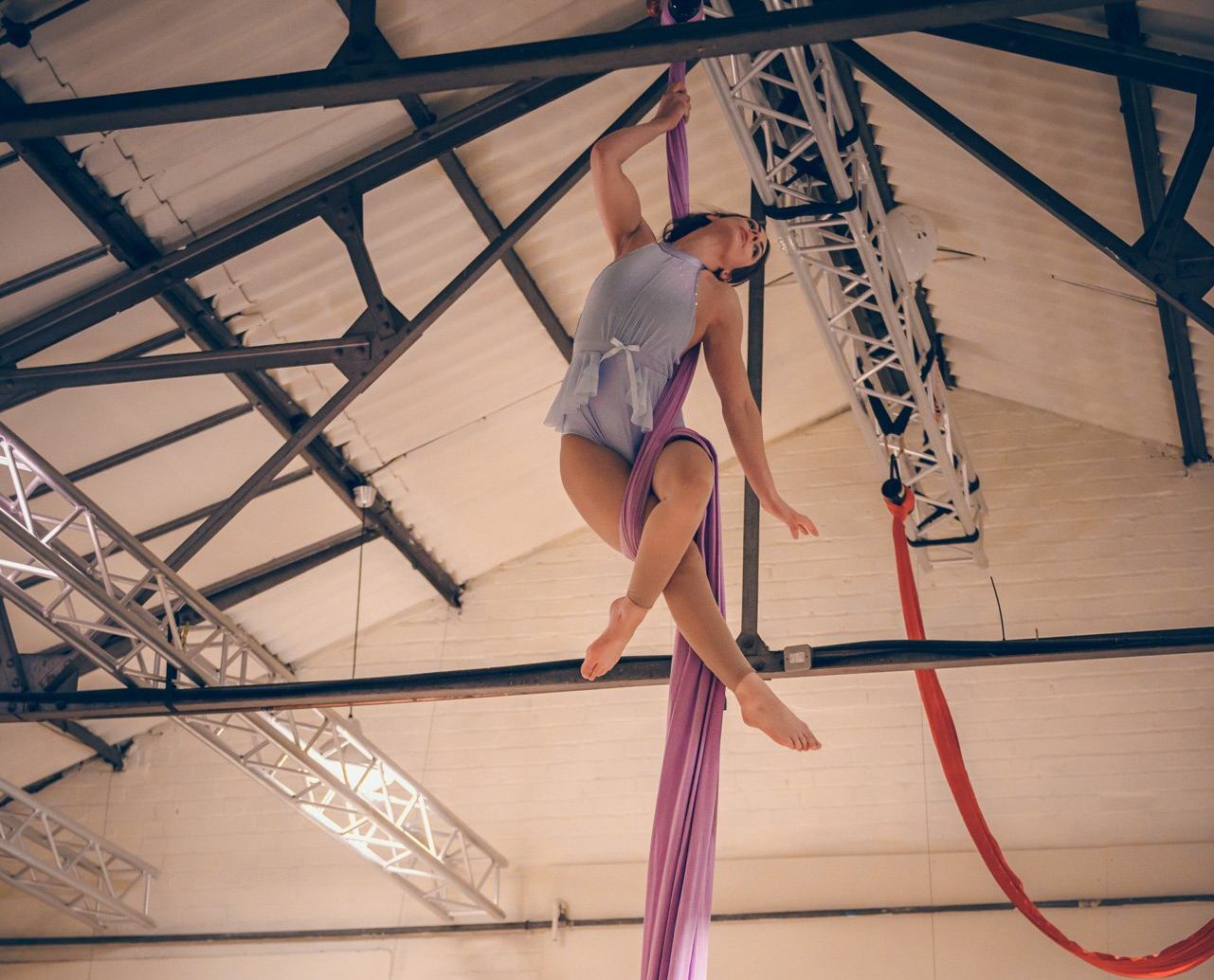7 Tips to Help Create a Pole & Aerial Routine!

Choreographing a routine of any kind can sometimes be challenging. Where to start? What to do? Getting stuck and becoming frustrated can be very real hurdles to overcome, but fortunately, here’s a short cheat sheet that you can use to help you along the way.
1. Choose your music
Find a song or piece of music that you love and can really connect to! This should be something that you can move along with easily and that you can really imagine yourself performing to.
When choreographing a routine, you want to feel good in your routine, feel confident and have fun. Are you aiming for grace? Sensuality? Comedy? Power? Something else?
2. Split your music into sections
Choose a song or piece of music that is around 3 to 3.5 minutes long. Of course, it can be longer if you want it to be, but remember, it’s hard to dance or perform for a long time, so the longer your music, the more tired you will be by the end.
By splitting your music into 3 or 4 sections, you can create shorter sequences. This will make it easier to remember, easier to pace and easier to rehearse.
Although we’ve made music the first two points on this list, don’t let yourself get bogged down because you can’t find a song you love. Having a song or piece of music ready to go can make choreographing your routine easier, but the most important thing that you can do is start creating your movement, you can always find your perfect song later.
3. Make a list of your favourite moves
Make a list of your favourite moves that you can do well and consistently. This doesn’t include moves that you’re unsure of; these can go on a separate list. You should continue to practise them, and if they aren’t ready in time, scrap them and do something else!
You want to choreograph a routine that you are going to enjoy on the night, so there’s no need to add extra pressure.
4. Putting your moves into combinations
Now that you have a list of your favourite moves, you can start creating your combinations and sequences. If you have moves that are particularly difficult or impressive, try not to put them all together. We recommend putting one in the beginning of your routine and one at the end.
Sometimes, creating combinations can be easier said than done, but there are some easy ways to beat writer’s block. Try finding a new way into or out of a move; or if one of your transitions is giving you a lot of grief, try working backwards from the finishing move. You might just surprise yourself and come up with something you like even more than your original idea!
5. Planning your sections
When creating a pole routine for a competition or showcase, it’s important to know that you can use more than one pole. You could use two poles: one on static and one on spin. This isn’t mandatory, but it does help to break your routine up, give you a chance to rest a little, and allows the audience to see a bit of everything.
Speaking of rest, whether you’re using a pole or aerial equipment, you might also want to consider adding a section of dance or floor work to your routine. Again, this isn’t mandatory, but spending a full 3 minutes on your chosen equipment can be incredibly difficult.
It doesn’t have to be dance either. If dance and movement isn’t your thing, but acrobatics is your jam, split your routine up with this instead. There are no hard and fast rules.
6. Give yourself plenty of time
Start choreographing your routine as early as you can. This will give you more time to come up with new and potentially better ideas, and give more time for your final routine to really take shape; it might look completely different from what you imagined when you first started!
If certain moves or ideas aren’t working, don’t be afraid to throw things away. It’s much easier to make a good idea great than it is to make a bad idea good.
Giving yourself as much time as possible will also give you much more time to rehearse, ultimately making your routine easier and more confident on the night.
7. Enjoy the process!

